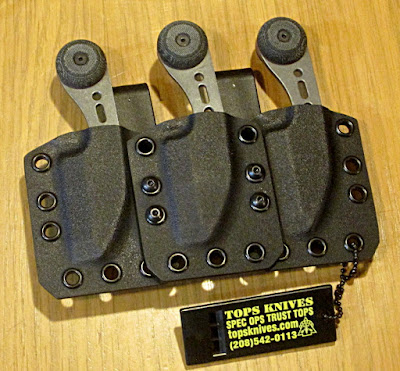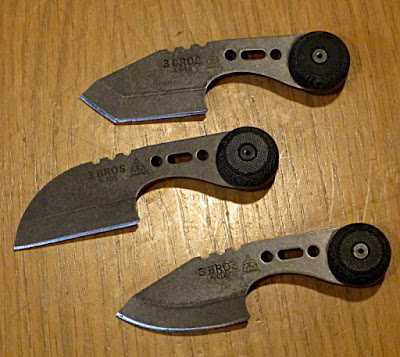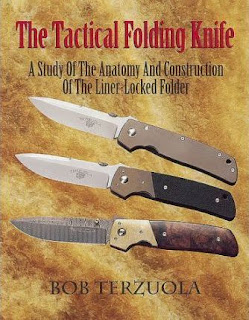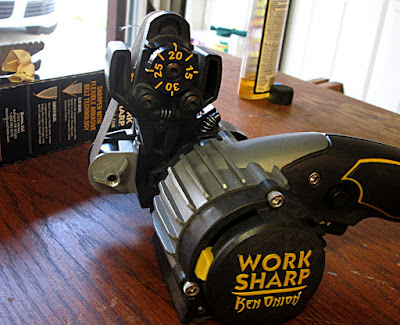WWII
wasn’t the first war to have enemy combatant’s dressed as civilians. But it is
the war we seem to most associate with covert weapons and spies. The problem for agents and spies is a weapon found
on your person discredits your claim that you’re something harmless and can be
ignored. Yet having a last resort weapon
could be the difference between death by torture and escape.
OSS
and later the CIA developed little hideaway last resort tools for their agents
as did many other domestic and foreign agencies. We are fascinated by these James Bond devices.
 |
| Agents tied a small cord around the metal to provide them with a loop and more friction surface. |
There
probably isn’t anything more fascinating then the OSS “lapel dagger.” It was just a small thumb-size flat piece of
sharpened steel that could be sewn behind lapels, inside pockets, or just about
any place.
The
key to placement seems to be to:
One:
sew it where it wouldn’t be found in a quick search,
Two: sew it where arresting officers would expect
you to place your hands in response to their orders.
I
had always wanted an authentic one, but twenty years ago A.G. Russell came out
with their version of a undetectable lapel dagger.
It
is about 3.75 inches long with a 2.5 inch double sided blade. It’s made of plastic and frankly, I don’t
think it would survive more than a couple quick stabs before the blade
snapped. But that’s all you might need
to get your feet under you and escape.
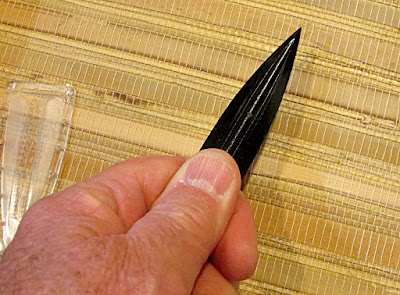 |
| I don't believe it has the weight or strength for the two techniques shown above |
It
came with two plastic sheaths so you could move the dagger between coat and
another location. One can almost see
Bond moving it from his suit coat to his pants pocket unnoticed. Each sheath has small holes to facilitate sewing.
At
the time Russell also came out with a dagger shaped like their Sting but made
from nylon filled with glass fiber. It
was advertised as a CIA letter opener. I
remember the claim that you could resharpen it with a coarse file.
The
knife is about 6.75 inches long with a 3.25 inch blade and 3.5 inch
handle. It is substantially sturdier
than the lapel knife.
Both
of these were on sale during the very early days of metal detectors at airports. At this time you could carry a smallish knife
like a Spyderco Delica through security.
You declared the knives by placing them in a small basket with your
wallet which bypassed security. There
was often some question about partially serrated edges, but most of the time
the knife passed and you carried it on the plane.
Don’t
even think about it today!
You
can find an almost identical lapel knife at: https://lapolicegear.com/imminent-threat-solutions-black-glass-filled-nylon-lapel-dagger.html
But
at this time they are out of stock.
Cold
Steel makes a variety of plastic knives that are almost undetectable. They used to come with removable metal rings
to ensure they could be seen when x-rayed.
They may have simply given up on the pretense of detectability and saved
the customer the problem of removing the metal rings.
Lansky
also makes a very passable plastic dagger they promote as a box or letter opener.


